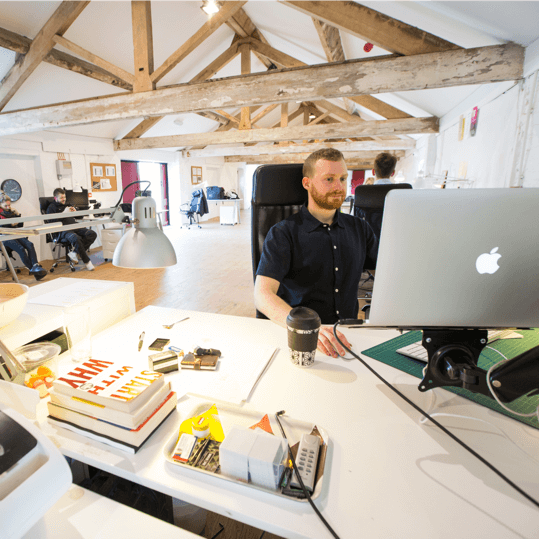In the fast-paced digital world, web design technology evolves constantly to meet the growing expectations of users and businesses. Websites are no longer static pages of information — they’re interactive, intelligent, and user-centered experiences. From artificial intelligence to 3D elements, the latest trends in web design and web development are transforming how brands engage with their audiences.
In this article, we’ll explore what the latest innovations in web design technology are, how they improve user experience, and why businesses should stay ahead of these trends to remain competitive in 2025 and beyond.
1. Artificial Intelligence (AI) and Machine Learning in Web Design
AI is redefining how websites are created, customized, and optimized. Modern AI-driven tools like ChatGPT, Wix ADI, and Adobe Sensei are enabling designers to automate tasks such as layout generation, color selection, and content creation.
Machine learning, a subset of AI, can analyze user behavior to provide personalized experiences. For example, an eCommerce website can recommend products based on a user’s browsing history, increasing engagement and conversions.
In web development, AI helps automate testing, enhance security, and predict performance issues before they affect users. This means faster development cycles and better user satisfaction.
2. Voice User Interface (VUI) Integration
With the rise of smart assistants like Alexa, Siri, and Google Assistant, voice search and voice navigation have become integral to modern web design. Websites now need to accommodate voice-based interactions, allowing users to perform searches, fill forms, or navigate pages using spoken commands.
Implementing VUI in web development requires optimizing for natural language processing (NLP) and structured data. Businesses that adapt to voice-enabled browsing will not only improve accessibility but also capture a growing segment of users who prefer hands-free digital interactions.
3. Motion UI and Microinteractions
Modern web design focuses heavily on user engagement, and Motion UI plays a crucial role in achieving that. Motion UI refers to the use of animations, transitions, and microinteractions that make web experiences more dynamic and intuitive.
For instance, hover effects, animated buttons, and subtle loading transitions guide users seamlessly through a site, providing visual feedback and delighting them with every click.
In web development, motion effects are now easier to implement using lightweight JavaScript libraries and CSS frameworks. This innovation enhances usability without compromising performance, creating a polished, professional digital presence.
4. Progressive Web Apps (PWAs)
Progressive Web Apps bridge the gap between traditional websites and native mobile applications. A PWA looks and behaves like an app but runs on a web browser. This innovation combines the accessibility of the web with the convenience of mobile functionality.
PWAs can work offline, load quickly, and send push notifications — features that dramatically enhance user engagement and retention. For businesses, investing in PWAs means offering a seamless experience without the cost of developing separate mobile apps.
PWAs represent the future of web development, providing speed, security, and scalability across devices.
5. 3D Elements and Immersive Design
Thanks to advancements in graphics technology, 3D visuals are no longer limited to gaming or entertainment. Modern web design now embraces 3D models, animations, and immersive effects to captivate users.
Whether it’s a rotating product display or a 3D interactive background, these elements help brands stand out in a crowded digital landscape. Frameworks like Three.js and WebGL make it easier for developers to integrate 3D features without compromising performance.
When used strategically, 3D design enhances storytelling and engagement, turning static websites into memorable experiences.
6. Augmented Reality (AR) and Virtual Reality (VR) Experiences
AR and VR are revolutionizing the way users interact with online content. Retailers, real estate companies, and healthcare providers are already using AR/VR to provide virtual tours, product previews, and training simulations.
For example, a furniture store can let customers “place” a sofa in their living room using AR before purchase. This kind of immersive interaction improves decision-making and boosts conversions.
Integrating AR/VR into web design requires advanced web development skills and frameworks like WebXR, which supports immersive experiences directly in web browsers. As hardware and internet speeds improve, AR and VR will become even more accessible to everyday users.
7. Dark Mode and Dynamic Theming
Dark mode has become one of the most popular design trends in recent years, and it’s here to stay. Offering users a choice between light and dark themes not only enhances aesthetics but also reduces eye strain and improves battery life on mobile devices.
Dynamic theming — where the website adapts its color scheme based on time of day or user preference — adds a personalized touch. This feature showcases how web design and web development work hand in hand to enhance usability and visual appeal.
8. Low-Code and No-Code Development Platforms
Low-code and no-code platforms are democratizing website creation by allowing businesses to design and deploy professional websites without deep coding knowledge. Tools like Webflow, Bubble, and WordPress with Gutenberg are empowering designers to focus more on creativity than technical complexity.
While these platforms simplify the web development process, they also speed up delivery times, reduce costs, and encourage experimentation with new design features. For startups and small businesses, this innovation lowers the entry barrier to building cutting-edge digital presences.
9. Advanced Cybersecurity in Web Design
With cyber threats becoming more sophisticated, security has become a central focus in modern web design technology. Developers now integrate SSL encryption, multi-factor authentication, and AI-based threat detection directly into websites.
Secure web development practices ensure user data protection, which strengthens trust — a critical factor in user retention and brand loyalty. The future of web design will be shaped not only by aesthetics and functionality but also by resilience against digital threats.
10. Sustainability and Eco-Friendly Web Design
Sustainability is influencing every industry, and web design is no exception. Eco-friendly web design emphasizes lightweight code, optimized images, and efficient hosting to reduce carbon emissions.
Sustainable web development practices improve site performance while minimizing environmental impact. As more users become eco-conscious, brands that prioritize digital sustainability gain a positive reputation and long-term trust.
Conclusion: The Future of Web Design Is Smart, Interactive, and User-Centered
The future of web design technology is being shaped by innovation, automation, and user expectations. From AI-driven personalization to immersive AR/VR experiences, every advancement aims to make digital interactions smoother, faster, and more engaging.
For businesses, staying updated with the latest web design and web development trends isn’t just about keeping up with competitors — it’s about delivering meaningful, modern, and memorable experiences that connect with users.
As technology continues to evolve, one thing remains constant: websites that prioritize innovation, accessibility, and performance will always win the loyalty of their audiences.




